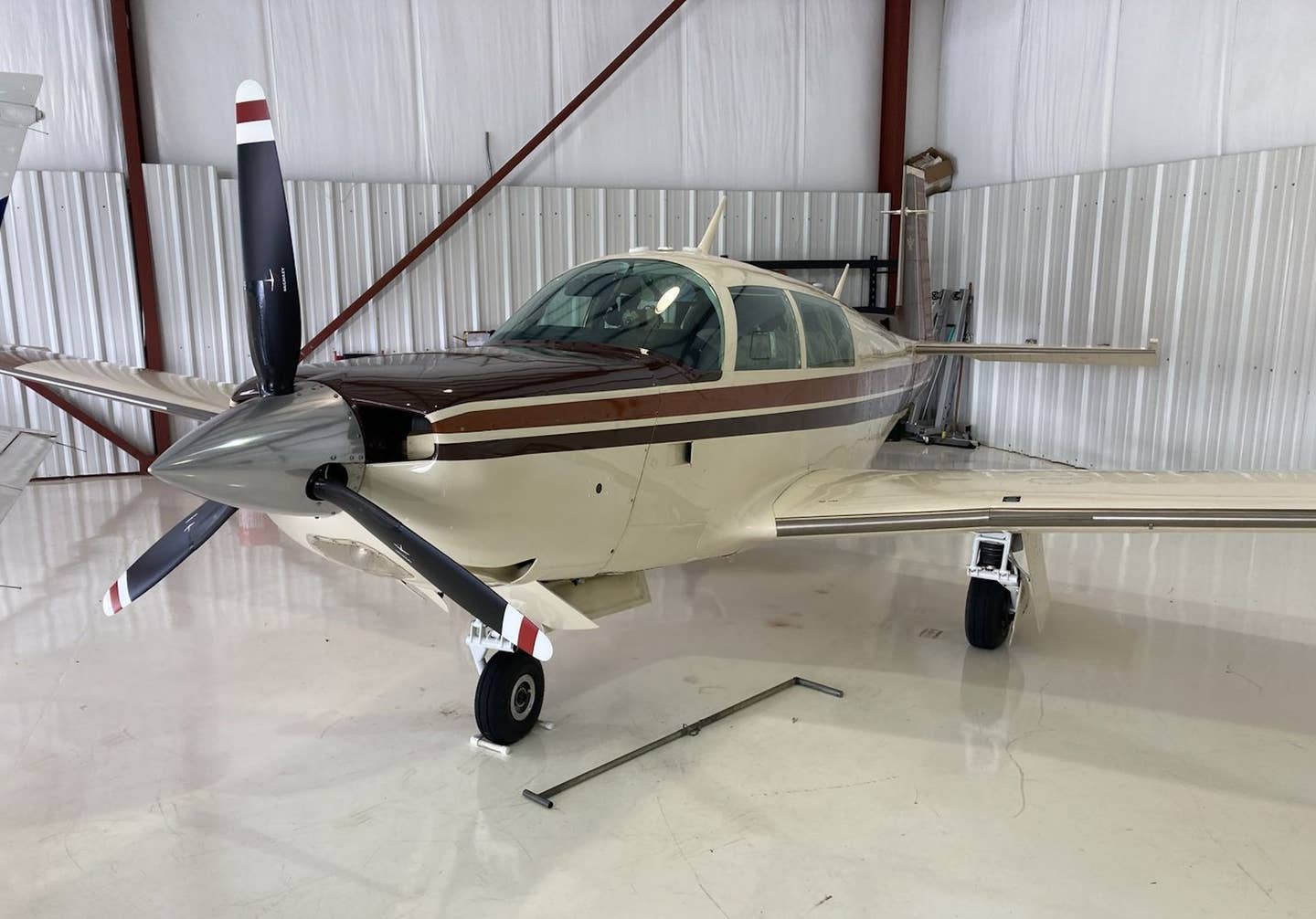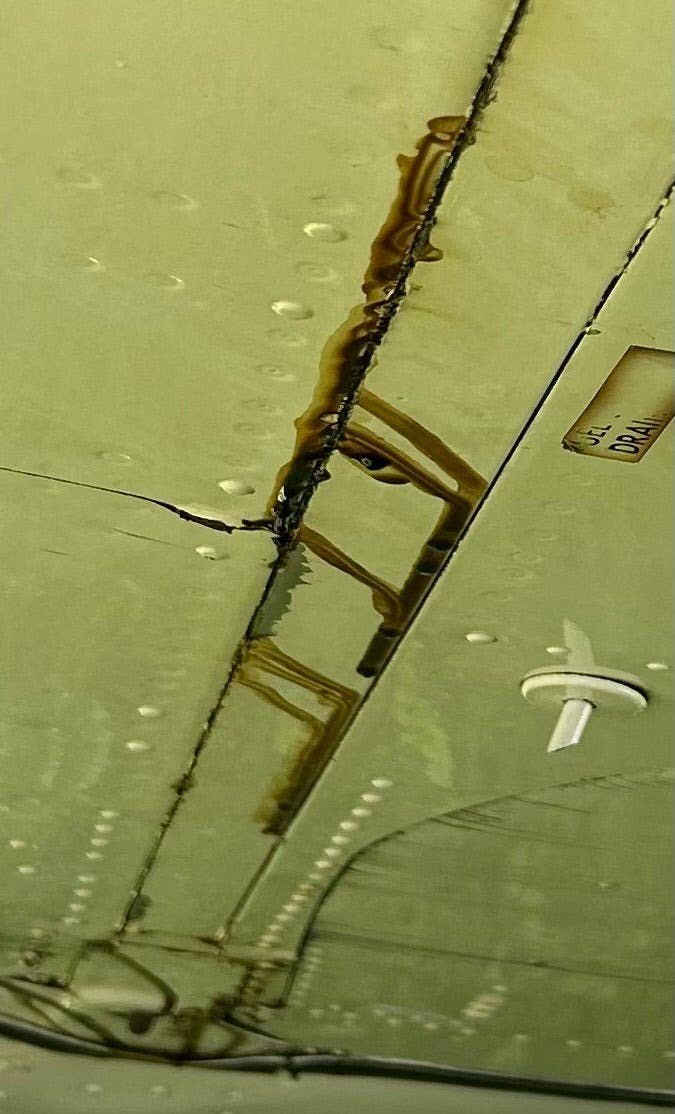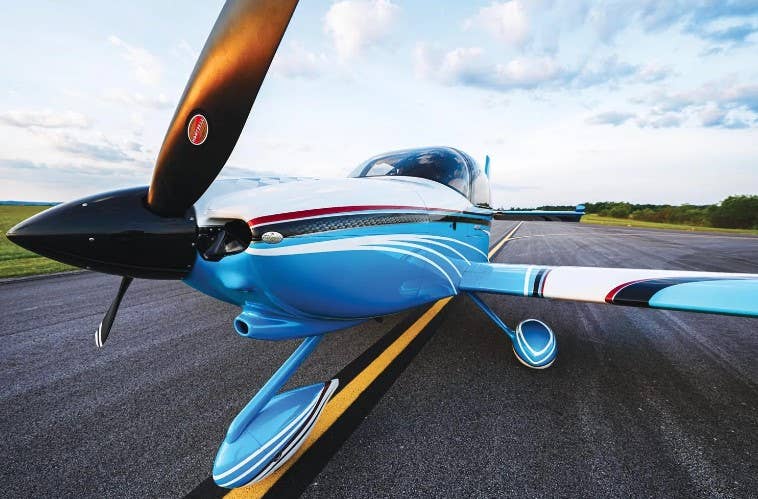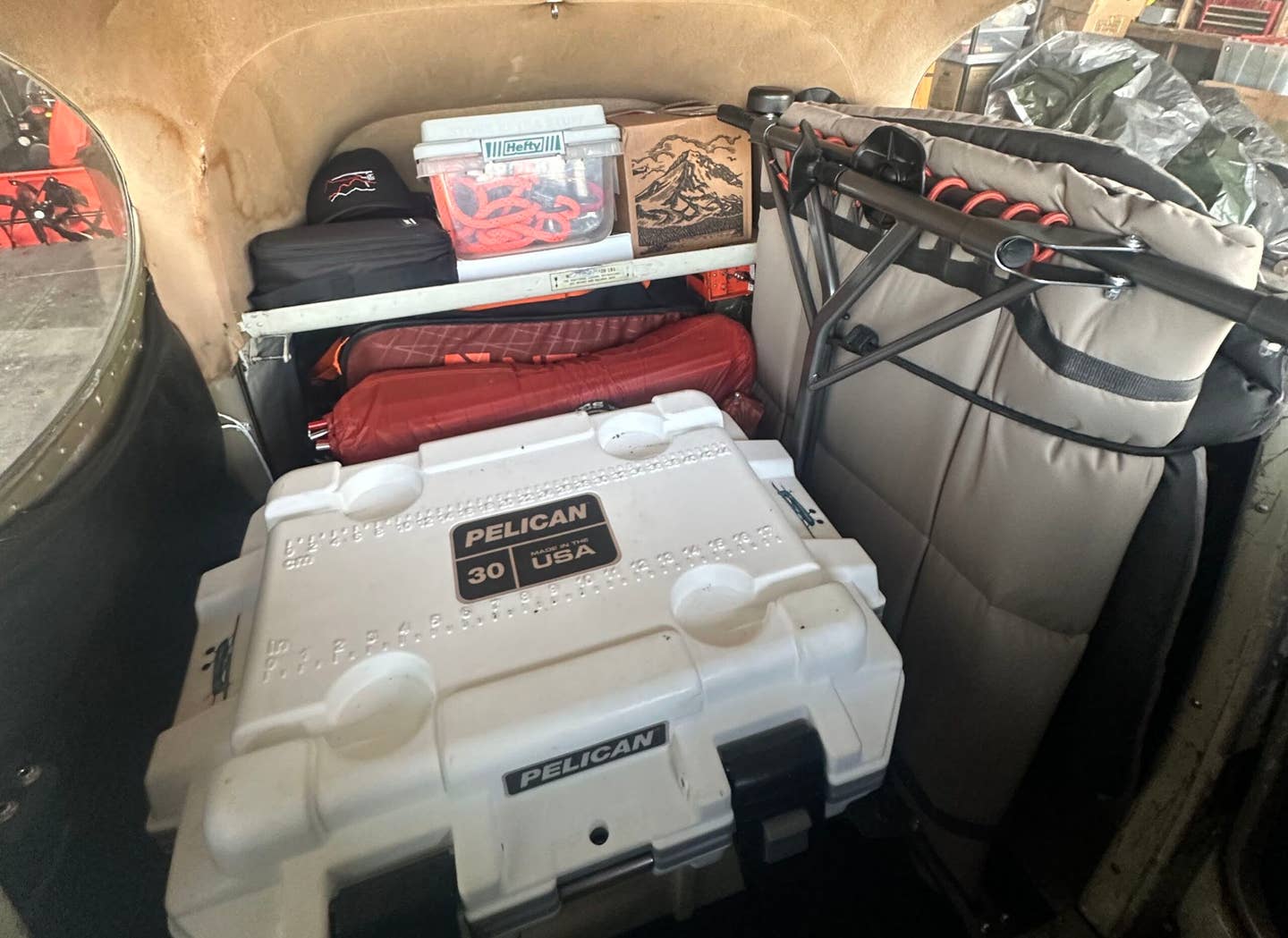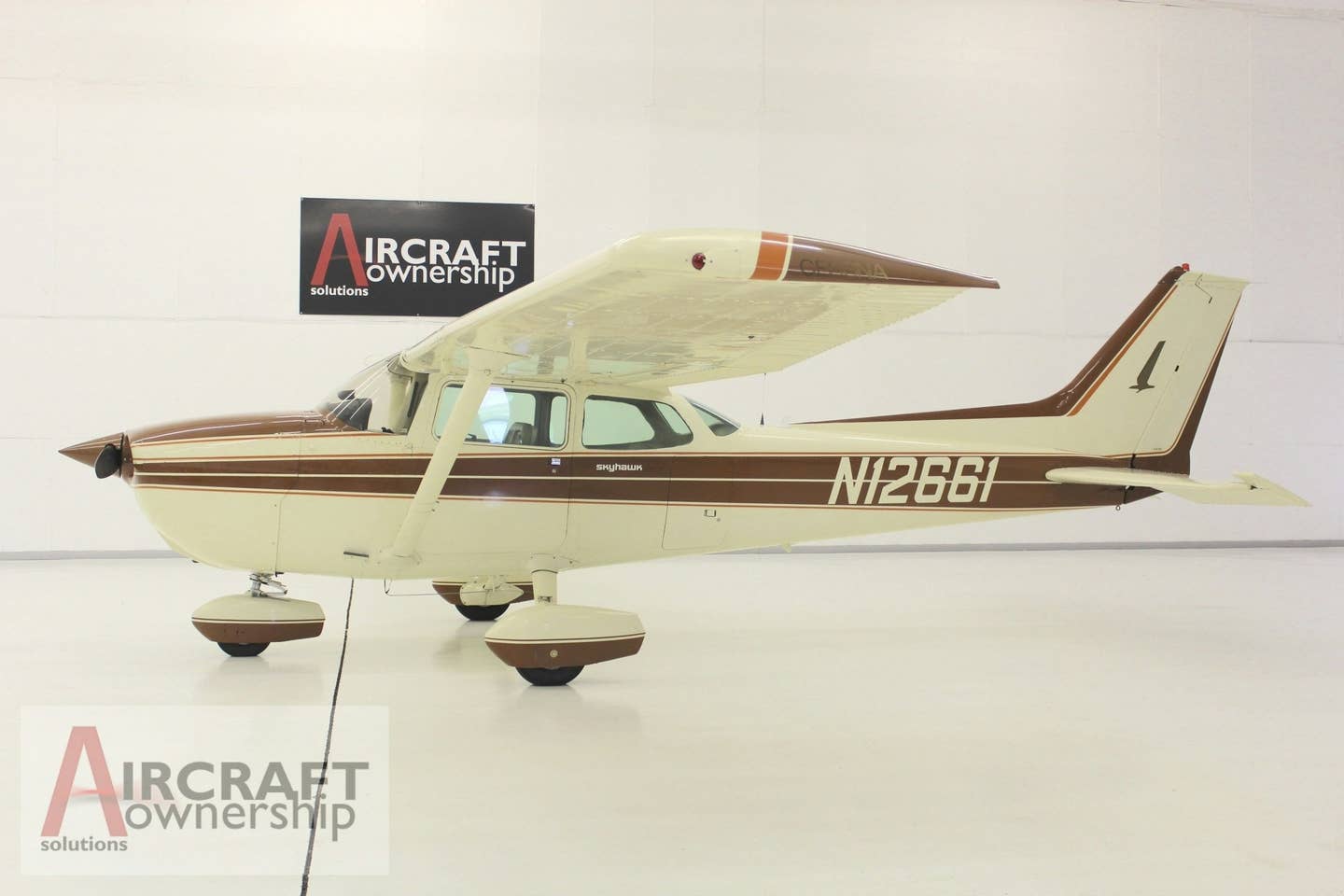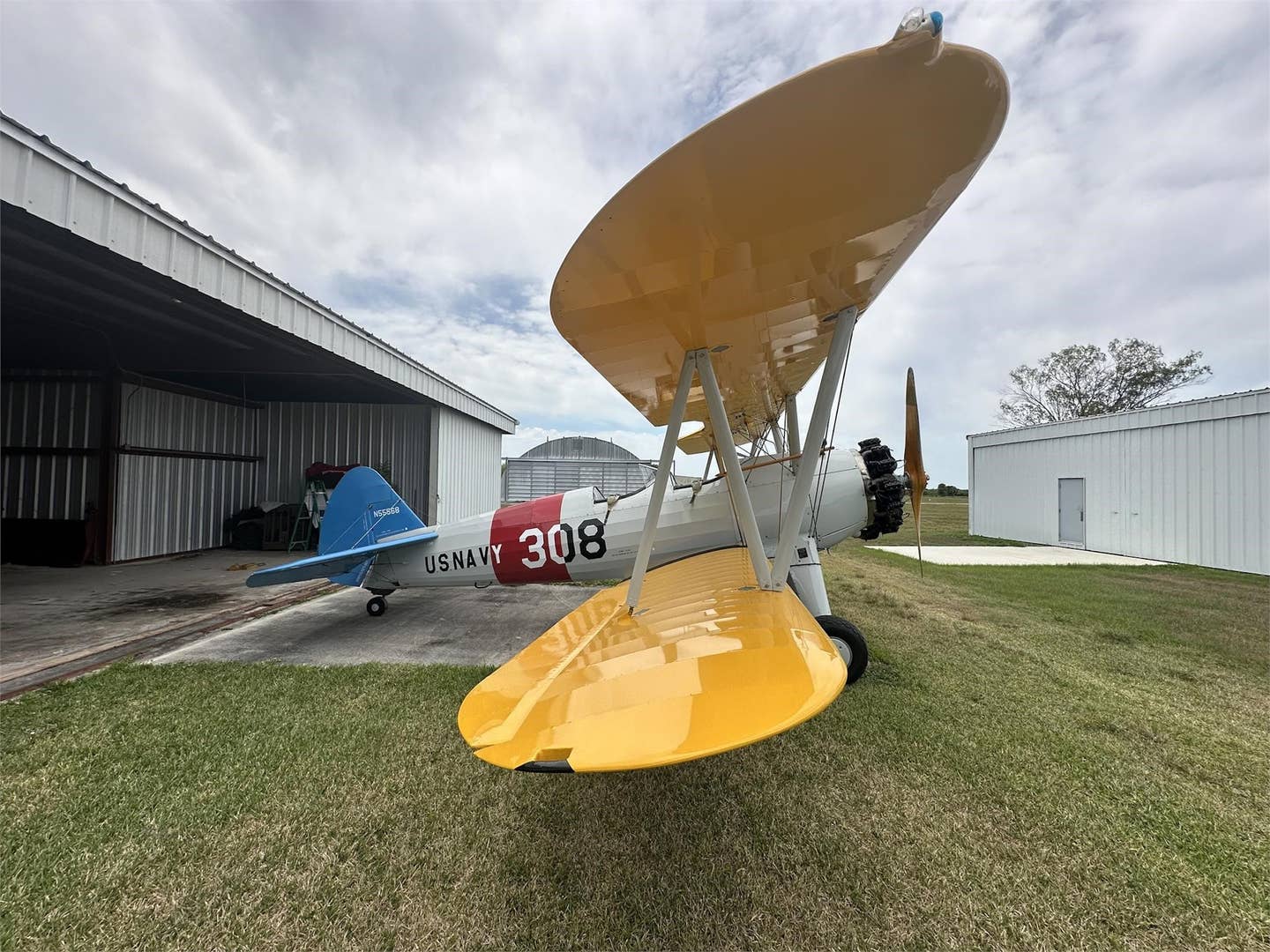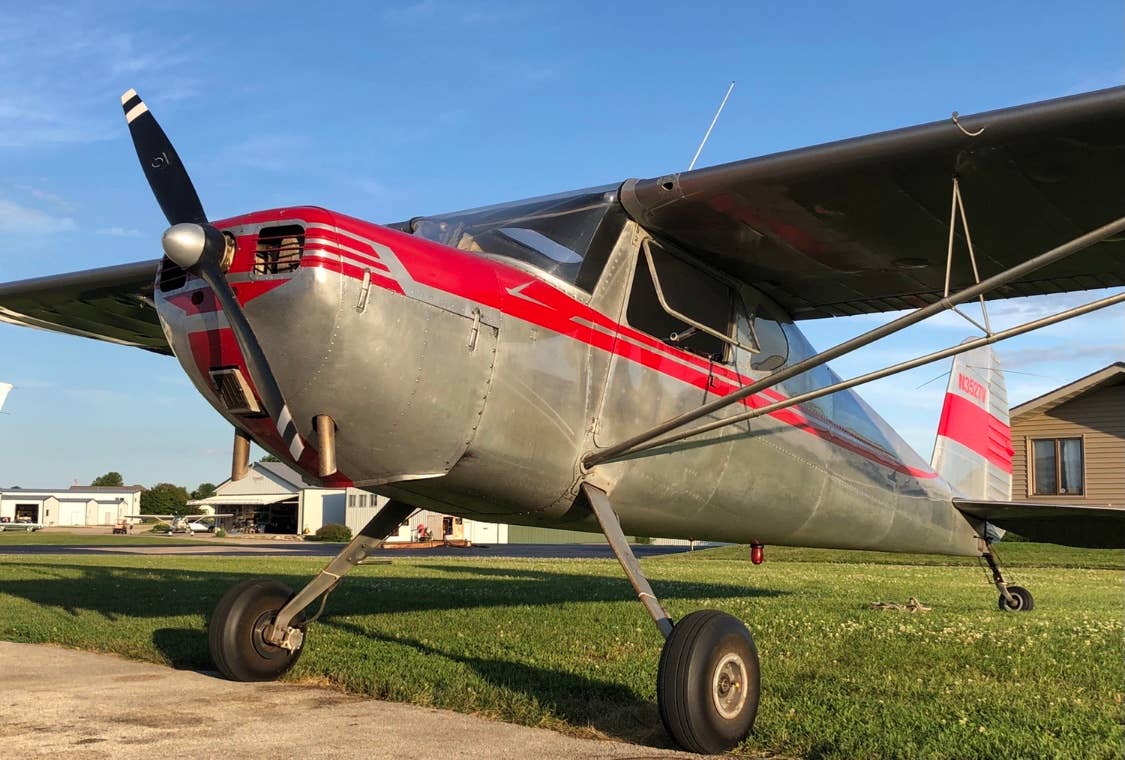
Occasionally, you can find an FBO that offers vintage types like this 1946 Cessna 140 for rental and dual instruction. Jason McDowell
When researching various aircraft types for Flying, I encounter a wide variety of owners with an even wider variety of stories.
Most recently, I met with the owner of a taildragger who agreed to take me up for a demonstration flight to help me evaluate the type for an article I was writing. As he was conducting his preflight inspection, he explained how he purchased his airplane without ever seeing it in person, and without ever having flown an example of the type. The entirety of his research took place online and through telephone conversations with owners.
This struck me as a bit out of the ordinary. His airplane cost nearly as much as a house, yet he simply assumed he would enjoy the airplane’s flight characteristics.
I’ve dedicated more effort to evaluating hiking boots.
But then it occurred to me that for many prospective owners, thoroughly researching various aircraft types can be a difficult part of the purchasing process. Test flying certain taildraggers, complex/high-performance types, and other less common types can be challenging if not outright impossible.
The more common types like the Cessna 172 or the Piper Cherokee are easily located and are available for rent at FBOs across the country. But it’s another story if you’re looking at things like Globe Swifts or Navions. These are less common types to begin with, and they take considerably more effort to find. In addition, they’re unlikely to be offered for rent, as downsides like parts availability and higher insurance premiums can easily outweigh any upside they may offer to the business owner.
Those of us who dream of owning such types, therefore, have to get creative if we want to get behind the controls and evaluate one before we buy it.
In my case, I spent quite a bit of time scouring the web and making phone calls in an attempt to locate a Cessna taildragger near me to fly. I was fortunate to locate a well-used 1946 Cessna 140 available for rent in a neighboring state. A few weeks later, I found myself flying it with an instructor, and went on to fly it a few more times before ultimately deciding to purchase its bigger brother, a 170.
Had I become enamored with a less common type, the process to find one would have been significantly more challenging.
I’ve since discovered some investigative techniques that might prove useful for prospective owners researching these less common types before they buy an aircraft.
Owner’s Groups
Not every aircraft type has a corresponding owner’s group, but most do. They tend to be fantastic resources. A vibrant, active owner’s group or type club can be the single greatest source of expertise and assistance for a given aircraft model.
When I was researching the Beechcraft Musketeer for an article, I reached out to the Beech Aero Club to see if I could connect with any local owners. They proved to be the most enthusiastic owner’s group I’d ever encountered.
When the club president notified the group that help was needed, it was as though he sounded a giant horn that could be heard across the Midwest. Within minutes, multiple members had messaged me, offering to let me photograph and fly their beloved airplanes. The energy and enthusiasm of the group was as impressive as their knowledge, and the very existence of such a group proved to be a significant selling point for that aircraft type.
It amounts to a team of subject matter experts, able and willing to lead each other through whatever ownership challenges might arise.
While this was an example of a group that has both online and actual, physical, real-world presence in the form of organized educational and social events, other groups exist only online. Some have their own dedicated websites and message boards, and others exist only as a Facebook group.
Regardless of their level of organization, owner’s groups are often keen to welcome curious newcomers, and can be a great resource to pilots interested in potentially becoming owners.
Fly-Ins
Any pilot considering ownership would benefit from attending local fly-ins. Large or small, these events offer great opportunities to network with local pilots and mechanics, and the connections you make can be valuable on many levels.
Local fly-ins typically lure pilots and their airplanes out of their hangars through the promise of coffee, pancakes, and bacon. The resulting collection of aircraft on display is always interesting to see, particularly when rarely-flown examples can be seen in person.
A pilot interested in ownership can strike up a conversation with the owner to receive a thorough overview of the type, including recommendations that might ease the buying process, such as the name of a local mechanic who can perform thorough pre-purchase inspections. Owners will often invite interested pilots to sit in the airplane to ensure he or she fits. With any luck, the owner might even know of other examples for sale.
FBOs
Flight schools and FBOs can be fantastic resources when seeking out various aircraft types to evaluate, provided they’ve got your airplane of interest available for rent. A quick flight with an instructor is often all that’s needed to determine whether you mesh with a particular aircraft type, and it’s certainly a lot cheaper to learn you dislike an airplane in this manner than after you’ve bought one.
Back when I was in my own research phase, I learned of a Piper PA-16 Clipper for rent at an airport about an hour’s drive away. I went ahead and booked a lesson with an instructor primarily out of curiosity. On paper, the Clipper seemed to check a lot of boxes. It was reasonably affordable, it had an impressive useful load for its size and power, and it also had fairly impressive short-field performance. All in all, the stats seemed to indicate it would be an ideal airplane for exploring shorter, out-of-the-way strips and camping along the way.
It was a good thing I booked that lesson, because within 15 minutes, it was clear the Clipper and I were not suited to each other.
No matter how I tried, I never fully got a feel for how much rudder it wanted in turns. The landing speed was surprisingly fast, and the gear provided a bone-rattling ride. It was a nice airplane with legitimate strengths—it just wasn’t for me. The short flight enabled me to check the Clipper off my list of potential purchases. The following week, getting back into a Cessna 140 felt like shrugging into a favorite old pair of jeans.
The staff at FBOs are also a valuable resource to prospective buyers. Flight instructors tend to know a wide variety of owners, and are usually happy to make introductions. Maintenance staff see various aircraft types come and go on a daily basis, and can provide insight into the ease or more importantly, the difficulty of maintaining them. It’s hugely beneficial to network with both of these groups, as it’s important to locate qualified, experienced individuals to help with training and maintenance regardless of the type you end up purchasing.
For prospective owners who know exactly what model they want, the research phase of an aircraft purchase might amount to nothing more than shopping for the nicest example out there. But for more curious types, seeking out and learning about the various types available for purchase can prove to be both educational and a huge amount of fun.
Jason McDowell is a private pilot and Cessna 170 owner based in Madison, Wisconsin. He enjoys researching obscure aviation history and serves as a judge for the National Intercollegiate Flying Association. He can be found on Instagram as @cessnateur. You can e-mail him with any questions or comments you have at editorial@flying.media.

Subscribe to Our Newsletter
Get the latest FLYING stories delivered directly to your inbox

